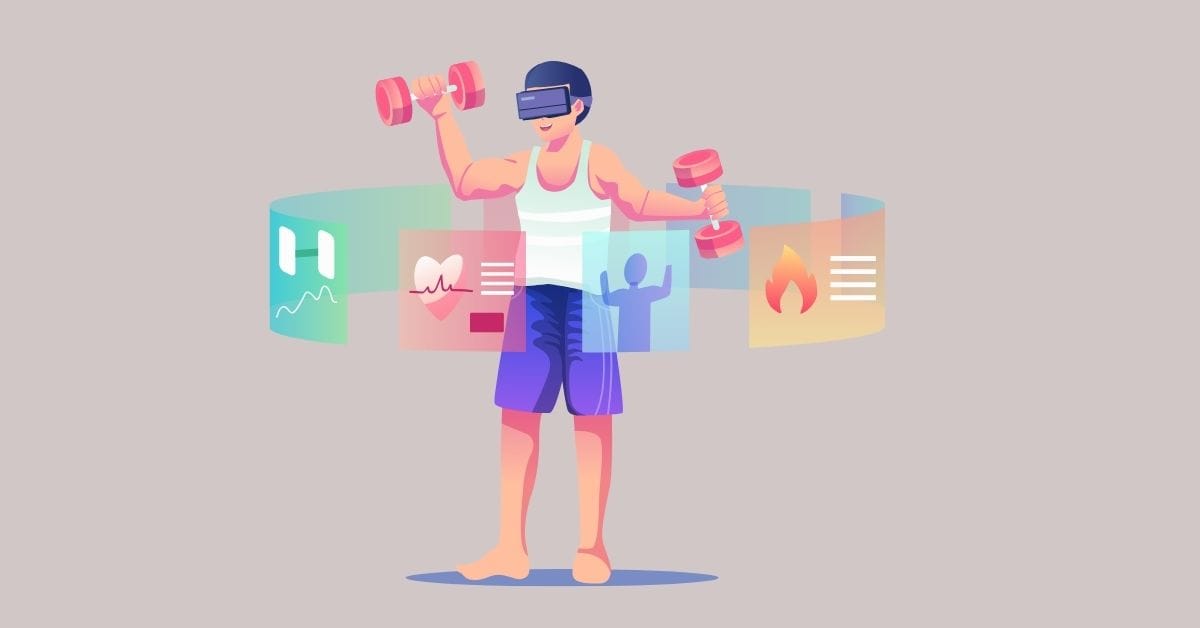Urbanization has brought new problems to the city. Overcrowding, pollution, traffic, and resource management are some of the issues. As the population grows, the need for urban systems becomes more urgent. To overcome this situation “IoT” in smart cities is the solution. It makes cities “smart” by connecting devices and sensors which makes urban living simple.
In this post, we will see how IoT in smart cities works, its benefits. Also how its applications helps smart buildings in many ways.
How IoT Works: A 3 step process
IoT links devices, sensors, and infrastructure in cities. They communicate to collect, share, and analyze data.
- Sensors and Devices: Sensors track air quality, water quality and traffic in real-time. Smart meters gather data in real time.
- Data Communication: Data moves via Wi-Fi, 5G, or LPWAN. These networks enable smooth communication.
- Data Processing: AI and machine learning process the data. This helps cities identify trends, predict problems and take action.
IoT makes cities more adaptive by connecting multiple systems into one network.
Benefits of IoT in Smart Cities
Cities using IoT technology gain numerous benefits in daily operations.
1.Efficiency: IoT automates many operations in cities such as traffic lights, water usage and energy consumption.
Example: In Barcelona, as per movement smart streetlights adjusts the brightness. It helps to save the consumption of energy upto 30%.
2.Sustainability: IoT helps the resources like water and energy to use more preciously. It helps to reduce waste & damage to the environment.
Example: In Singapore,air and water quality are continuously monitors by IoT in the city. This helps to tackle the pollution on time.
3.Better Planning: The data gathered by the IoT devices is used to take smart infrastructure decision. This data helps the planner to design public transport and manage a growing population.
Example: In London, IoT sensors track traffic patterns and public transport usage.
4.Safety: Connected cameras and emergency alerts are present to improve safety. It monitors the real time data & take a faster response to emergencies.
Example: In South Korea, IoT sensors monitors the level of water in real time . It helps to take safety precautions during floods.
IoT in Smart Buildings
IoT plays a crucial role to keep our buildings smarter and more efficient. Here’s how IoT helps:
- Energy Management: IoT sensors track usage of energy. Based on occupancy, smart HVAC systems adjust temperatures. In smart building Light turns off during daylight hours.
- Building Maintenance: Sensors detect wear and tear in HVAC, plumbing and elevators. Predictive maintenance reduces breakdowns and saves costs.
- Smart Security: With motion sensors and connected cameras IoT enhances security. It provides Real time alerts for faster action against breaches.
- Space Optimization: IoT tracks the vacant parking space in the smart building. It helps to park the car at the particular vacant position.
- Better Air Quality: Sensors track the indoor air quality. They adjust ventilation for better health and comfort.
Conclusion:
IoT in urban spaces is making cities better. It optimizes energy, improves safety and makes infrastructure more efficient. IoT uses data to help cities solve problems and use resources wisely. IoT is building cities today and smart cities for tomorrow.


